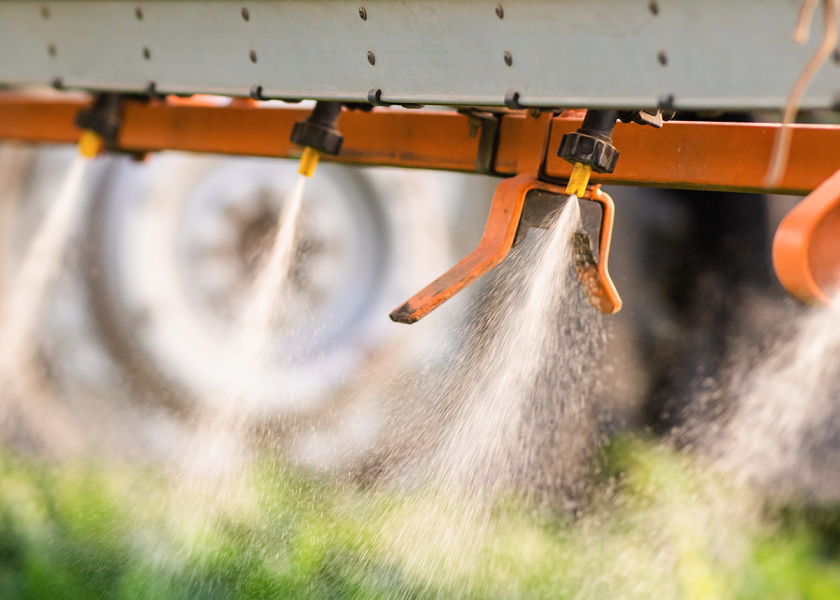Iowa State Releases 2024 Custom Farming Rate Data

Iowa State University Extension and Outreach has released the data from their 2024 Custom Farm Rate Survey, which provides average pricing for common agricultural services such as tillage, spraying and fertilizer application.
The data is based on 130 responses and 2,805 custom rates provided by Iowa farmers, custom operators and farm managers.
Average Spraying Rates
According to the survey responses, the average rates for field spraying via ground application varied between $7 per acre for broadcast, not incorporated spraying with a tractor and $8.35 per acre for broadcast, self-propelled spraying on a tall crop. These numbers were relatively the same in the 2023 survey.
Aerial spraying averaged $10.70 per acre, down slightly from $10.95 in 2023. The study did not specify between drone and plane applications.
Moving outside the field, the rate for spraying road ditches with a ground application method averaged $77.60 per hour, though the range of responses varied between $30 to $120. This number is also down from 2023, which had an average rate of $80.45 per hour.
These prices do not include the cost of materials.
Average Fertilizer Rates
As for fertilizer rates, dry bulk fertilizer averaged $7.25 per acre applied. This is up a tick from 2023, which had an average rate of $7.20. Liquid application ranged from $7.65 per acre for spraying and $12 per acre for side dressing – both down from 2023.
Injecting anhydrous without a tool bar had an average rate of $13.25 per acre and increased to $15.10 per acre with the tool bar. These rates have increased since last year’s survey from $12.10 and $14.70 respectively.
Spreading lime ran $7.25 per ton – up a quarter from $7.50 in 2023.
Like the rates for spraying, these numbers do not include the cost of materials.







